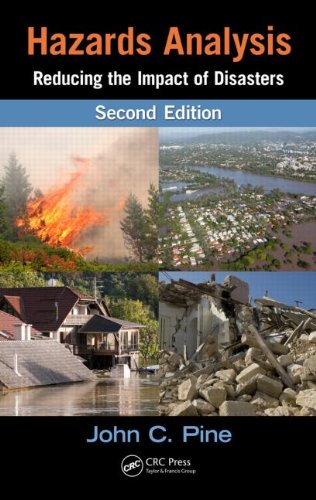

Most ebook files are in PDF format, so you can easily read them using various software such as Foxit Reader or directly on the Google Chrome browser.
Some ebook files are released by publishers in other formats such as .awz, .mobi, .epub, .fb2, etc. You may need to install specific software to read these formats on mobile/PC, such as Calibre.
Please read the tutorial at this link: https://ebookbell.com/faq
We offer FREE conversion to the popular formats you request; however, this may take some time. Therefore, right after payment, please email us, and we will try to provide the service as quickly as possible.
For some exceptional file formats or broken links (if any), please refrain from opening any disputes. Instead, email us first, and we will try to assist within a maximum of 6 hours.
EbookBell Team

4.4
82 reviewsThe impacts of natural and man-made disasters have increased exponentially over the past few decades. Moreover, with our global interconnectedness and the growing scale of disasters, today's catastrophic disasters can have regional, national, and even global economic consequences.
Following in the tradition of the successful first edition, Hazards Analysis: Reducing the Impact of Disasters, Second Edition provides a structure and process for understanding the nature of natural and human-caused disasters. Stressing the role of hazard risk management for public, private, and nonprofit organizations, the author and expert contributors cover problem solving, risk analysis, and risk communications to ensure readers are in a position to identify key problems associated with hazards and the risks that they present.
The book details a systematic process of hazards identification, vulnerability determination, and consequence assessment for the natural, built, and human environment. Using a cross-disciplinary approach, this book effectively demonstrates how to use the results of vulnerability assessment, spatial analysis, and community planning to reduce adverse disaster outcomes and foster social, economic, and environmental sustainability. Throughout, the book stresses that hazards analysis is not an isolated process but one that must engage the local community.
Complete with clearly set objectives, key terms, discussion questions, satellite images and maps, and ancillary websites for further study, this authoritative guide covers every element of the hazard analysis process in a step-by-step format. Hazards Analysis presents time-proven strategies for building sustainable communities, identifying and prioritizing risks, and establishing successful disaster prevention and relief strategies prior to a disaster.